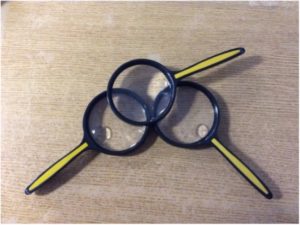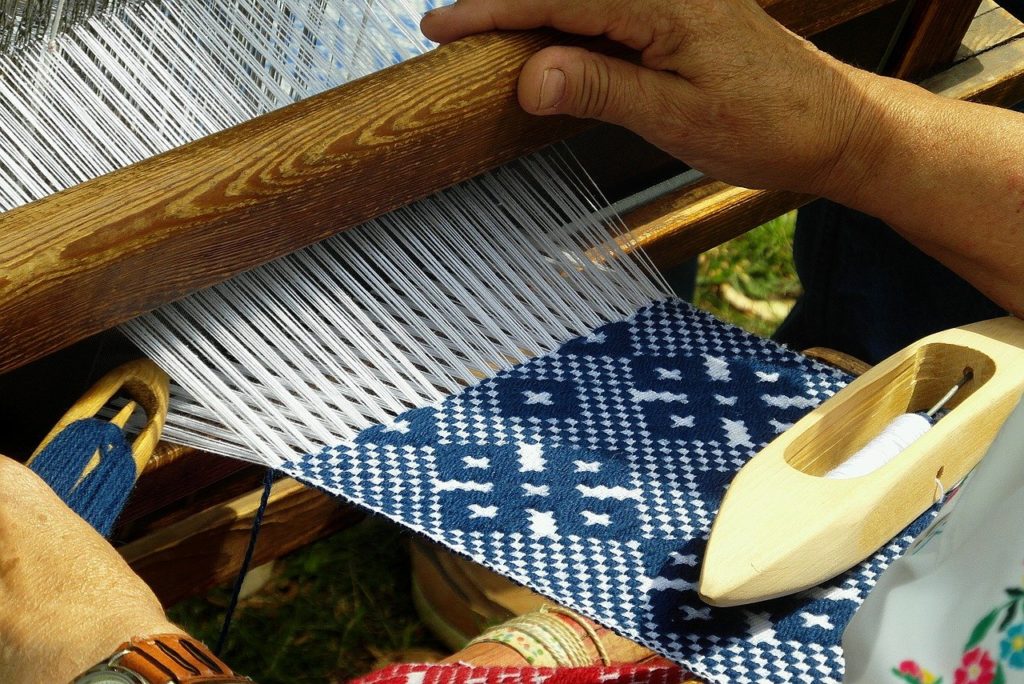If you are anything like me and wonder where everyone gets the time to read educational journals and books you last set your sights on at university (I am convinced there is a secret community of teachers who own Bernard’s Watch!), then listen up!
My time saving secret is The RE Podcast! It is filled with insights into Religion and Worldviews, available in 10 – 30 minute sessions. As well as covering religious and non-religious worldviews, the podcasts delve into difference and diversity, philosophical debates and address current concerns such as decolonising the language we use and representations of religion in film.
Below I outline five ways the RE Podcast has added value to my understanding and development.
1: CPD for Teachers
Even when I choose a podcast I consider I have good subject knowledge in already, I am always left with greater insights, more examples and personal views to add into my classroom practice. A recent example is ‘The One About the Messianic Judaism’. Messianic Judaism is a topic that I sometimes refer to in lessons, so my knowledge was passable, but after listening to the podcast I have gained greater insight into what Messianic Judaism means in practice. The podcast presents Binyamin Sheldrake, Rabbi of a Messianic synagogue in Norwich, and his own views regarding Yeshua and the links between Jewish beliefs and Christianity. This fascinating interview gave me further understanding of Messianic views of the Trinity and salvation. This will clearly aid me in my lessons on the Jewish view of the Messiah and the Messianic Age.
Each podcast alternates between experts and every day experiences of religion. They are relatable, relevant, and easy to digest without important ideas being watered down. They offer statistics, stories, historical views and religious teachings. You can absorb the information whilst completing other tasks which make them the perfect way to add to your own knowledge without feeling the time restraint of reading heavy articles.
2: Manageable CPD for your department and non-specialists
Many departments contain non-specialists. The podcasts are manageable boosters in subject knowledge that don’t cost money or too much time. It’s easy to pick out topics that are linked to your curriculum, such as ‘The One About Ramadan’ or ‘The One About Easter’. This means the whole department has access to high quality, supportive subject knowledge.
Moreover, the podcasts help to put religion into context rather than the abstract nature of religion often found in textbooks and religious texts themselves. The podcasts have clear links to worldviews thinking, they contextualise religious and secular beliefs, draw on historical, religious and philosophical thinking whilst providing the interviewees personal insights into their faith. This improves accessibility by providing connections that non-specialist colleagues already know about.
3: Extra- and super-curricular activities for students
I have suggested many podcasts to my students for their home learning. This offers a variation on conventional written homework, and they have proven very popular. The podcasts can be used as pre-learning activities, as additional information, extension tasks or as the basis of discussion and P4C stimulus.
Podcasts I recommend for student development are ‘The One About Capital Punishment’, ‘The One Where God Exists’, ‘The One About Abortion and Euthanasia’ and ‘The One Where There Is Life After Death’.
4: Stay up to Date
Many of the podcasts address religious, philosophical and ethical themes from a modern and relevant context, without ignoring the historical roots of theories and religious beliefs. For example, ‘The One About Sikhi’, ‘The One About Halloween’ or ‘The One About Knowledge’. These show a connection between the world today and the subject knowledge I might be covering, allowing a more textured understanding of living religion and belief.
5: Shut out Distractions!
Finally, the podcasts provide background noise to your workouts, accompanies you on car journeys, entertains you whilst doing the housework, or even drowns out the sound of your partner/child/pet!
For more information check out Louisa Jane Smiths website https://www.therepodcast.co.uk/ and listen to The RE Podcast on Spotify or iTunes.

 I have bought several magnifying glasses to add to the explanation. This has helped students to understand that we all have different personal worldviews as I hold them up when explaining each individual view. It also helps to illustrate other worldviews. I have also shown how these lenses can ‘cross over’ which illustrates how views can be ‘combined’. An example was when we were discussing ‘how did the world get here?’ Students came up with answers ‘God made it’ and ‘the Big Bang’. I held up a lens for each of these views and then crossed them over. For some students this was a new Christian worldview; that God created the Big Bang.
I have bought several magnifying glasses to add to the explanation. This has helped students to understand that we all have different personal worldviews as I hold them up when explaining each individual view. It also helps to illustrate other worldviews. I have also shown how these lenses can ‘cross over’ which illustrates how views can be ‘combined’. An example was when we were discussing ‘how did the world get here?’ Students came up with answers ‘God made it’ and ‘the Big Bang’. I held up a lens for each of these views and then crossed them over. For some students this was a new Christian worldview; that God created the Big Bang.






